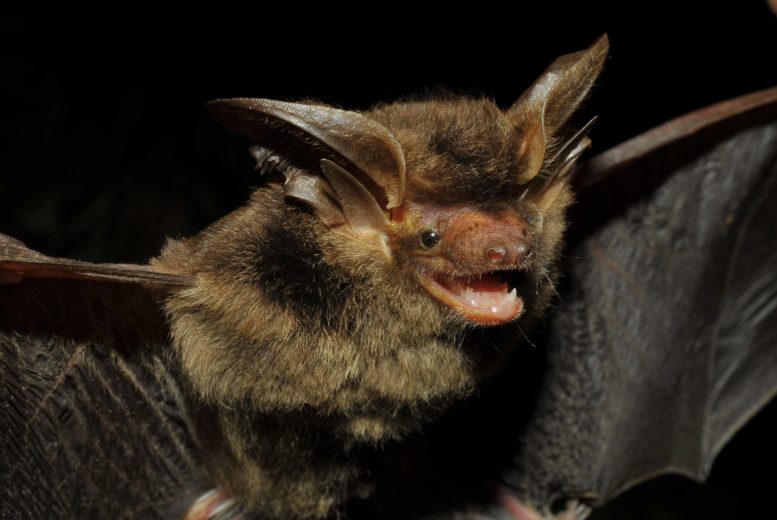
The Strange Big-eared Brown Bat, first described in 1916 in Brazil and not seen since, has been rediscovered by a team of researchers. Captured in Palmas Grassland Wildlife Refuge in 2018, the bat was identified as this rare species, revealing its presence in diverse terrains and altitudes, although its conservation status remains classified as Data Deficient due to habitat threats.
Credit: Cláudio et al.
The Strange Big-eared Brown Bat, Histiotus alienus, was first described by science in 1916, by the British zoologist Oldfield Thomas. This account was derived from a lone specimen found in Joinville, Paraná, in the southern region of Brazil.
For over a century, no further captures of the species were reported. It was solely identified by its holotype, a unique specimen representing the physical and molecular characteristics of the species, housed in The Natural History Museum in London, United Kingdom. Now, after a century, the species has been rediscovered.
Scientists Dr. Vinícius C. Cláudio, Msc Brunna Almeida, Dr. Roberto L.M. Novaes, and Dr. Ricardo Moratelli, Fundação Oswaldo Cruz, Brazil and Dr. Liliani M. Tiepolo, and Msc Marcos A. Navarro, Universidade Federal do Paraná, Brazil have published details on the sighting in a paper in the open access journal ZooKeys.
During field expeditions of the research project Promasto (Mammals from Campos Gerais National Park and Palmas Grasslands Wildlife Refuge) in 2018, the researchers captured one specimen of a big-eared bat at Palmas Grassland Wildlife Refuge. To catch it, they used mist nets—equipment employed during the capture of bats and birds—set at the edge of a forest patch. When they compared it to the Tropical Big-eared Brown Bat (Histiotus velatus), commonly captured in the region, they found it was nothing like it.
The unidentified big-eared bat specimen was then collected and deposited at the Museu Nacional in Rio de Janeiro, Brazil, for further studies.
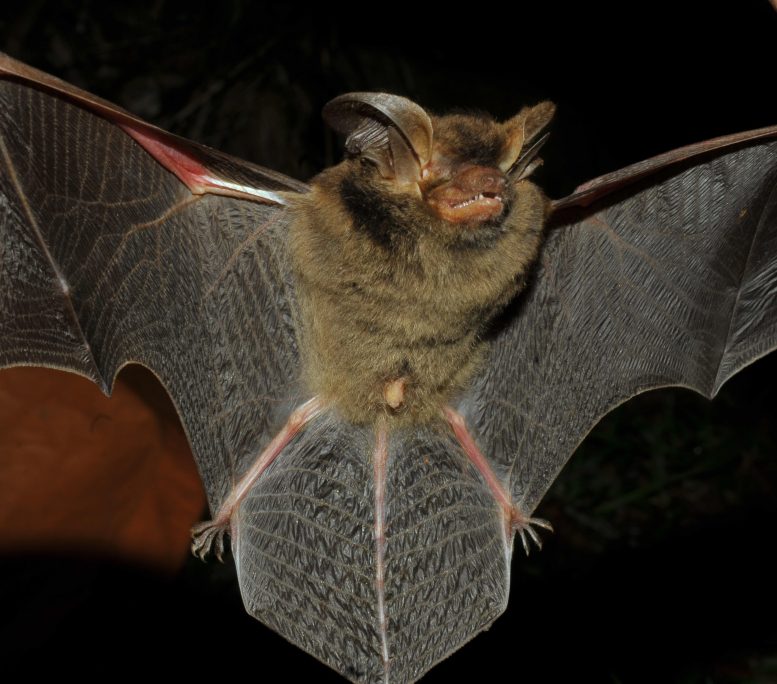
The Strange Big-eared Brown Bat, Histiotus alienus. Credit: Cláudio et al.
After comparing this puzzling specimen against hundreds of other big-eared brown bats from almost all the species in the genus, the researchers were able to conclusively identify the bat as a Strange Big-eared Brown Bat and confirm its second known record. “Since the description of several the species within the genus is more than one hundred years old and somewhat vague, comparisons and data presented by us will aid the correct identification of big-eared brown bats,” they say.
The Strange Big-eared Brown Bat has oval, enlarged ears that are connected by a very low membrane; general dark brown coloration in both dorsal and ventral fur; and about 100 to 120 mm in total length. This combination of characters most resembles the Southern Big-eared Brown Bat (Histiotus magellanicus), in which the membrane connecting ears is almost absent.
The only known record of the Strange Big-eared Brown Bat until now was from Joinville, Santa Catarina state, southern Brazil, which is about 280 kilometers away from where it was spotted in 2018. So far, the species is known to occur in diverse terrains, from dense rainforests to araucaria and riparian forests and grasslands, at altitudes from sea level to over 1200 m a.s.l.
This increase in the distribution of the species, however, does not represent an improvement in its conservation status: the species is currently classified as Data Deficient by the International Union for the Conservation of Nature. Its habitat, the highly fragmented Atlantic Forest, is currently under pressure from agricultural activity.
But there is still hope: “The new record of H. alienus in Palmas is in a protected area, which indicates that at least one population of the species may be protected,” the researchers write in their study.
Reference: “Rediscovery of Histiotus alienus Thomas, 1916 a century after its description (Chiroptera, Vespertilionidae): distribution extension and redescription” by Vinícius C. Cláudio, Brunna Almeida, Roberto L. M. Novaes, Marcos A. Navarro, Liliani M. Tiepolo and Ricardo Moratelli, 14 August 2023, ZooKeys.
DOI: 10.3897/zookeys.1174.108553


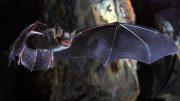
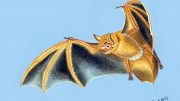
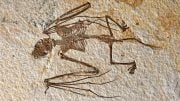
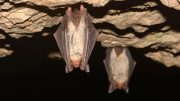
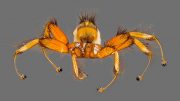

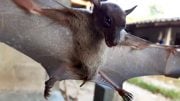
Be the first to comment on "Missing for 100 Years – Scientists Rediscover Strange Big-Eared Brown Bat"